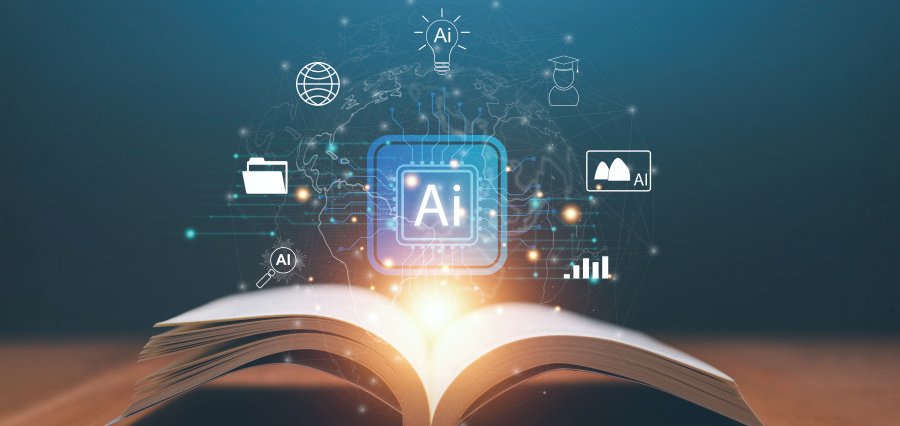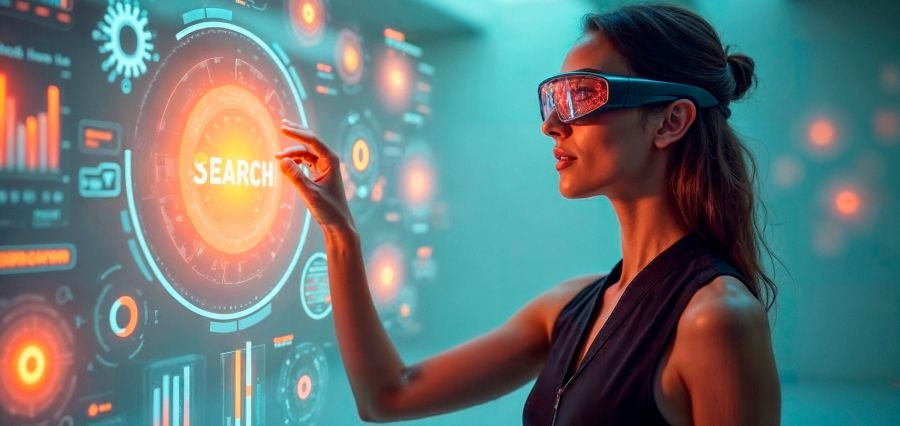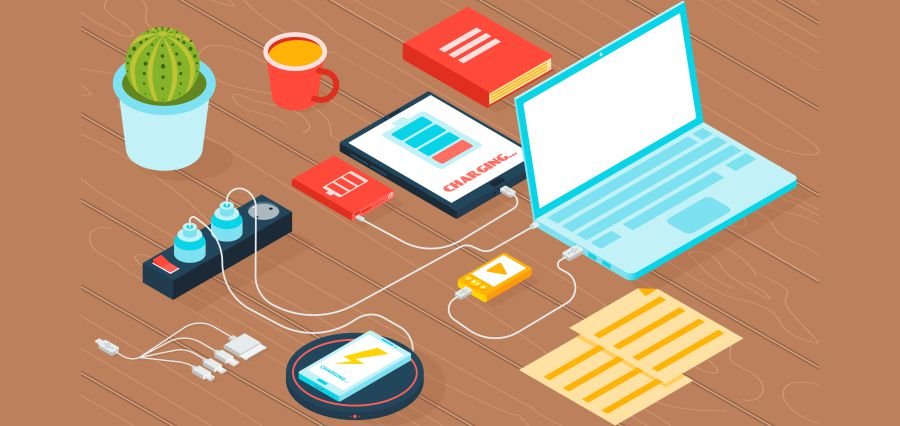“Robots are not going to replace humans; they are going to make their jobs much more humane. Difficult, demeaning, demanding, dangerous, dull – these are the jobs robots will be taking.” – Sabine Hauert,
Intelligent robots and artificial beings like Pandora were mentioned in Greek tales. The ancient Greeks discussed the concept of bio-techne, or how human technology may affect biological processes like aging. Later, such a concept was depicted in fiction works like Mary Shelly’s “Frankenstein”. Scholars grappled with what it meant to be human through myths and stories and how a man can stretch his physical bounds in terms of what he can give life to.
Fast forward to 3000 years, the world is no longer about mythology or tales. Humans live in a computer-driven environment today, and this development has authorized significant changes in our lifestyles. Humans have bestowed the powers on machines to think, analyze and evaluate just like them. The concept of Artificial Intelligence (AI) is becoming popular progressively, and it will keep evolving.
However, one sector that is will be highly beneficial to humans is education. The need for human presence while teaching is essential. Though it has enhanced the modes of teaching brought the traditional methods of teaching into question, it has also brought significant changes in the education sector. The education sector is still adapting to old human venture AI.
Artificial intelligence in schools is being widely used to reduce human errors and save time. During the projection period of 2018 to 2023, the global AI in the education market is expected to reach USD 3.68 billion, growing at a CAGR of 47 percent.
While the role of AI in the education sector is rewarding in many ways, numerous changes are happening with increasing demands. Here are some ways AI is used in education.
Task Automation
AI has been used to automate jobs in a variety of businesses, and it will be helpful in the education sector as well. Professors and teachers are frequently required to manage the classroom environment in addition to a variety of organizational and administrative responsibilities.
A teacher’s job is not just limited to teaching. They have the additional responsibilities of grading tests, reviewing homework, filing required paperwork, preparing progress reports, arranging lecture resources and materials, and managing teaching materials, among other things. It takes a lot of effort.
According to a Telegraph poll, teachers spend 31 percent of their time organizing courses, grading tests, and doing administrative tasks. So, they can use support automation systems to automate manual tasks, giving them more time to focus on teaching fundamental competencies.
Personalization
One of the most popular educational trends developed with AI is personalized learning. Students now have a personalized approach to learning programs thanks to AI, based on their own unique experiences and interests. To ensure that students get the most out of their education, AI can adjust to their level of understanding, expertise, learning speed, and intended goals.
Furthermore, AI-powered systems can examine students’ previous learning histories, detect shortcomings, and recommend courses that will help them grow while providing a highly personalized learning experience.
Tutoring
When it comes to using artificial intelligence in education, the best results will come from combining its strengths with human abilities. There will never be an age when humans will not be required for educational work. Teachers, for example, will always play an important part in our society, as we must never underestimate the importance of human connection and critical thinking in education.
While it is normal for kids to require additional assistance outside of the classroom, many teachers do not have the time to help children after school. In these situations, chatbots and AI instructors are supreme.
A chatbot cannot replace a teacher, but this AI tool can assist students in honing their skills and improving weak areas outside of the classroom. They provide a learning experience without the need for the teacher to be available at all hours of the day to answer questions.
Universal Accessibility
Through AI capabilities, educational classes can become internationally accessible to all students, including those with hearing or vision impairments or who speak various languages. The use of AI for accessible education has opened up new avenues for improving classroom and educational inclusion.
Several pieces of research have shown that using AI tools in teaching and learning can effectively include students with learning problems or impairments.
Students can get real-time subtitles for whatever the teacher says using a PowerPoint plugin like Presentation Translator. This opens new opportunities for students who need to learn at different levels, desire to learn subjects that is not offered at their educational institutes, or are unwell and unable to attend classes. AI has the ability to break through the barriers that exist between traditional grade levels and schools.
When artificial intelligence and education go hand in hand, humans might create something epic. With the help of AI, the evolution of education will be a future-focused sustainable framework responsive to adaption, creativity, and innovation. This will allow the future generation to develop skills that will help them thrive and be successful in their careers.
Voice Assistants
Voice assistants allow cloud computing to combine AI and converse with users in their native language. Moreover, voice assistants are simple to use, which is why there are millions of gadgets with them in homes today.
Smart speakers are the most omnipresent devices with voice assistants, and they have only recently begun to be utilized in schools and institutions.
Voice assistants can take on responsibilities and assist teachers in streamlining their workflow. Calendar reminders, list-making, pre-programmed routines, and information delivery, all without interrupting class, can all help teachers get a little more of their most valuable resource that is time.
Conclusion
“In our business, we talk about emerging technologies and how they impact society. We’ve never seen a technology move as fast as AI has to impact society and technology. This is by far the fastest-moving technology that we’ve ever tracked in terms of its impact, and we’re just getting started.” – Paul Daugherty
We might be able to evolve a form of labor that adapts to unique human qualities with the help of algorithms. The ultimate irony is that this technology may prove to be the impetus we require to restore our humanity if we do it right.









